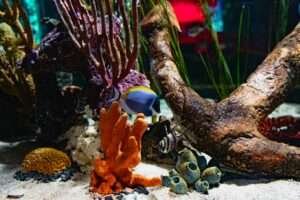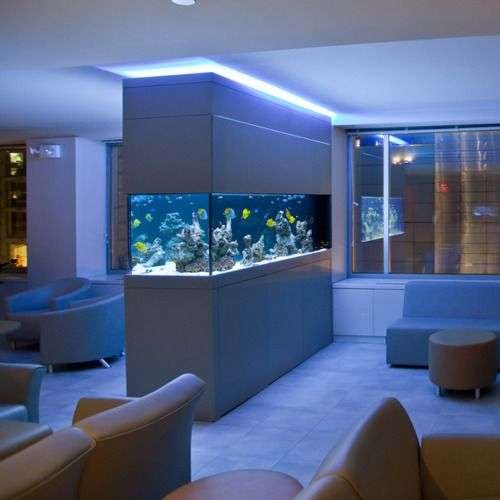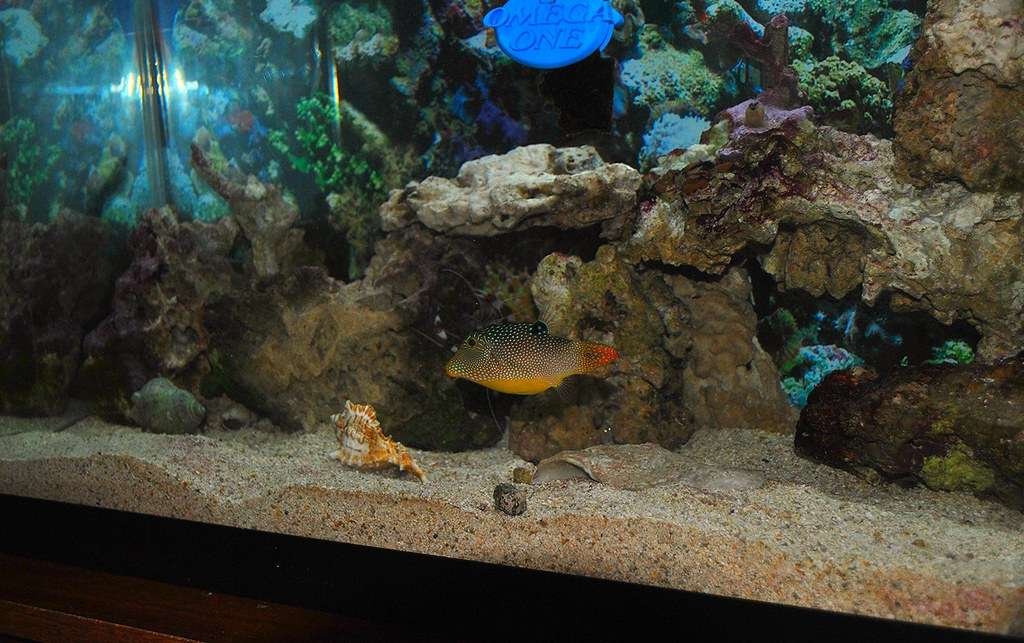What You Should Know About Magnesium

A reef tank needs a certain amount of magnesium to maintain the balance of calcium and pH. Calcium, alkalinity, and magnesium will clump together and fall out of the fluid if there isn’t enough of it. This means that the corals in the tank will no longer be able to use these important things. So, it’s very important to make sure that these factors are matched.
What does magnesium do?
One chemical element that can be found on Earth a lot is magnesium. In the water, on land, and inside people, it is an important part of many chemical processes. It is very important for keeping the heart strong and doing many other things in the body. Seawater has the third-most of this element, after chlorine and sodium.
Why is it important?
Calcium and pH levels in a reef tank need to be kept at a healthy level by magnesium. When these levels drop too low, calcium and alkalinity mix in the water to make calcium carbonate. This “snow” can stick to pumps, impellers, and heaters instead of helping corals build their shells. In addition, magnesium is needed for hard corals to build their shells.
What is the best range?
Aquariums with reefs: 1250 to 1350 ppm
How to Keep Magnesium Levels Up
Many people think that changing the water and testing the magnesium levels on a daily basis is enough to keep the aquarium in good shape. Hobbyists often find that magnesium levels are too low after calcium, alkalinity, and pH levels have become unstable. This may be true for tanks with few or no hard corals.
We suggest checking the magnesium level in most aquariums at least once every two weeks. We also recommend checking right away if you notice that your calcium and/or alkalinity levels are off.
What do calcium, alkalinity, and magnesium have to do with each other, and how do they stop calcium carbonate from precipitating out of water?
As was already said, calcium carbonate doesn’t settle out of the water when magnesium amounts are right. How does it do that? To put it simply, magnesium sticks to the surface of calcium carbonate crystals and stops them from growing and forming crystals that settle on the tank water.
Keeping calcium and alkalinity fixed is very hard to do if magnesium levels aren’t right. It is almost impossible to keep a reef alive without the right amounts of calcium and alkalinity alongside it. Because of this, we strongly suggest that tests be done frequently. Keeping the amounts between 1250 and 1350 will keep problems from happening and keep your corals healthy and growing.


